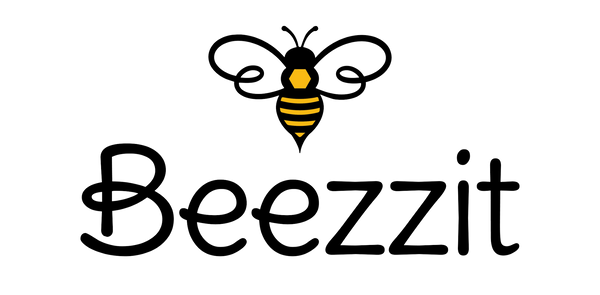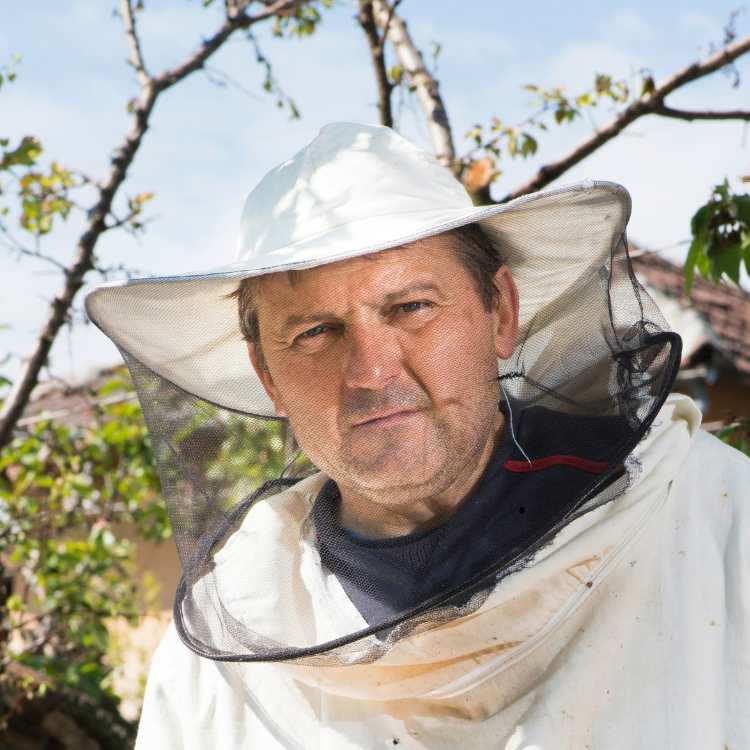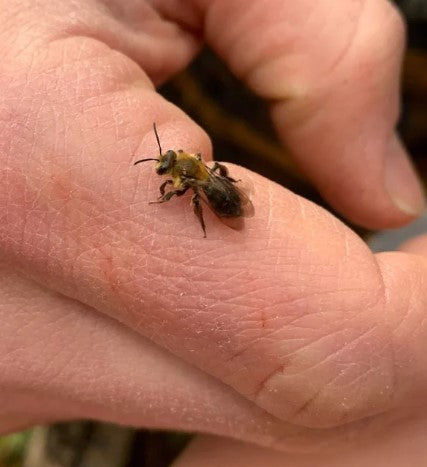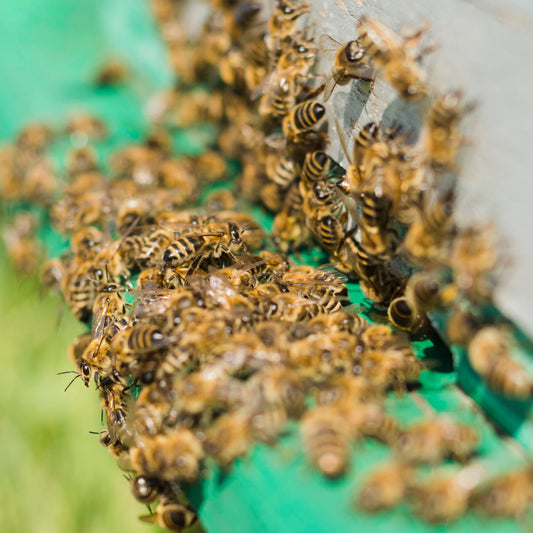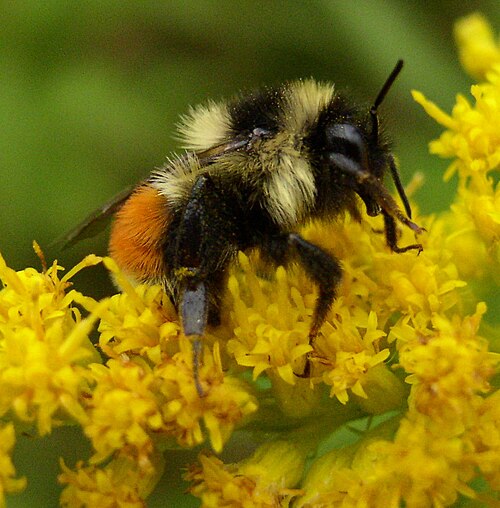Step outside in Virginia during spring or summer, and you are likely to hear the familiar hum of bees darting between blossoms in your backyard. With over 400 native species and several non-native but vital contributors like the European honey bee, bees in Virginia are not only a cornerstone of biodiversity, but also critical to agriculture, wildflower pollination and environmental balance.
And although many people associate bees primarily with honey or painful stings, these buzzing insects are far more diverse nd essential than commonly understood. Therefore, understanding bees in Virginia allows for a greater appreciation of their role in our world. So, whether you are just curious, a fellow enthusiast, or just wondering what’s buzzing around your backyard, this guide will cover some of the most common types of bees that you can spot in Virginia.
Why Virginia is a hotspot for bee activity
Virginia’s diverse climate and habitats-from coastal plains and mountain forests to suburban gardens and farmland-make it an ideal home for these tiny pollinators. In fact, there are over 400 species of bees in Virginia, with many playing specific roles in native and agricultural ecosystems.
Some bees are known to be generalists, making trips to many types of flowers, while others are specialists, pollinating only a narrow range of plants. This balance helps ensure everything from tomatoes to wildflowers can reproduce and thrive.
Meet the stars of the hive
Let’s get to know a few of the most common (and most important) types of bees in Virginia:
Bumblebees (Genus Bombus)
This is perhaps the most recognizable species out there. These fuzzy, friendly giants are known to be excellent pollinators, particularly for crops like tomatoes and berries. And unlike honey bees, bumblebees can work in cooler weather and even inside greenhouses. Though they can sting more than once, bumblebees are known to be quite docile unless there is an imminent threat.

European Honey Bees (Apis milifera)
They are perhaps the superstar among the other bees in Virginia. European honeybees are known to live in colonies, inside an intricate hive, produce honey and are responsible for much of the pollination behind Virginia’s apple orchards and vegetable crops. But, also it is no secret that they are in trouble. Colony Collapse Disorder continues to threaten hives across the state, a sombering reminder of how delicate our balance with nature really is.

Carpenter Bees (Xylocopa and Ceratina)
Some homeowners groan at the sight of carpenter bees boring holes into decks, but let’s not be too quick to judge here. Both large and small carpenter bees are efficient pollinators and, unlike wasps, they are rarely aggressive. If you see a big black bee hovering near wood, take a closer look; it might be one of nature’s quiet garden helpers.
Lesser known bees in Virginia
While honey bees and bumblebees get all the glory and the spotlight, many other species of bees in Virginia deserve recognition:
- Squash bees: These tiny guys specialize in pollinating squash and pumpkins. If you have ever had a bountiful pumpkin patch, you have got these guys to thank.
- Sweat bees: These are tiny and are attracted to human sweat. You can find these metallic green or blue bees almost anywhere in Virginia. They are harmless and great pollinators.
- Mason bees: Mason bees are a solitary species. They can be quite gentle and efficient. Sometimes up to 120 times more effective than honey bees, thanks to the way they carry pollen on their bellies.
Each of these bees plays a crucial role in pollinating specific plants. Some, like the polyester bee, even line their nests with a waterproof, plastic like substance. Others, like the masked bee, regurgitate pollen to their young. While you might find this a bit odd, it surely works for them!
Threats to bees in Virginia
Sadly, life isn’t all nectar and sunshine for the bees in Virginia. Habitat loss, pesticide use, disease, and climate change are pushing many bee species into decline. Even wild bees, which don’t live in hives and often go unnoticed, are suffering as flower rich habitats are replaced by concrete and monoculture fields.
And if we lose these bees, the impact will ripple far beyond our gardens. Farmers in Virginia rely heavily on them to pollinate everything from apples and cucumbers to almonds and berries. Without bees, many of our favorite foods would become real luxuries or disappear entirely.

Bee farm
What can we do about it?
Now, not everything is gloom here. There is good news after all. You don’t need to be a beekeeper to make a difference for the bees in Virginia. These are simple things that anyone can do:
Plant native flowers like coneflowers, bee balm, and black eyed Susans. These native flowers provide food and shelter for the bees throughout the season.
Avoid using pesticides, especially neonicotinoids, which are harmful to the bees’ nervous systems even in minuscule doses.
Leave some wild space in your backyard or garden. A patch of bare soil, a pile of twigs, or an untamed corner can become a bee haven.
Support local beekeepers by buying local honey and spreading the word bout pollinator health.
Another great idea is installing a bee hotel for solitary species like mason and leafcutter bees. It is a real joy to watch new guests move in each spring.
Small insects, big impact
One of the greatest joys of beekeeping is watching a hive work together as a single, harmonious organism. Their resilience, precision, and community minded spirit never cease to amaze me. And yet, every time we see a wild bee land on a tomato flower or burrow into the soil, we are reminded that managed hives are just one part of the picture.
Bees in Virginia represent a beautiful, buzzing network that keeps our environment alive and our food growing. No matter the type, these tiny creatures deserve our protection.
Ain’t it super fun learning about bees and their fascinating world? Read more amazing stories on our full blog here.
